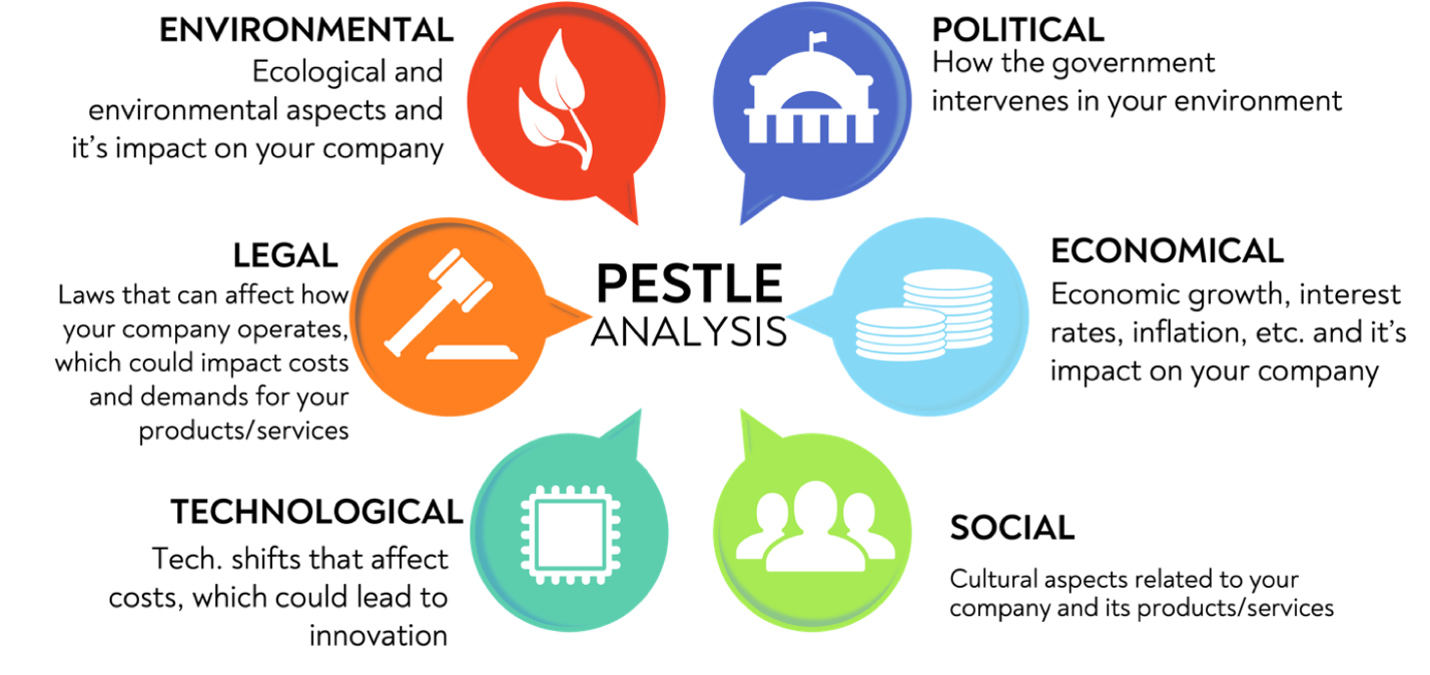Breaking Down Church Strategy: Turning Vision into Action
Strategizing for your church might sound like something reserved for corporations or large organizations, but it’s an essential practice for any ministry that wants to grow with purpose. While plans answer the “what” and “how,” strategies dig deeper into the “why” and “where,” providing the foundation for impactful decisions.
If you’re looking to refine your church’s approach to strategy, this guide will help you distinguish between planning and strategizing and introduce tools to make your strategy both actionable and effective.
What’s the Difference Between Planning and Strategizing?
Think of a cow. Yes, really.
Cattle are creatures of habit. When a path they use is blocked, they form a new one to go around the obstacle. Even after the obstacle is removed, they stick to their new, less efficient route. Why? Because it’s habit.
Planning can feel a lot like that. You stick to routines, tasks, and paths simply because they’re familiar. Strategizing, on the other hand, is like stepping back and evaluating the whole pasture—looking at what’s happening around you and choosing the best direction based on current circumstances.
Key Differences:
Planning: Concrete, short-term, and focused on managing tasks.
Strategizing: Broader, long-term, and adaptable, providing a vision for the future.
Strategic Planning: Bridging the Gap
Strategic planning connects strategy and action. It’s about identifying where you’re starting, where you want to go, and how to get there.
The first step in this process is environmental scanning—understanding the factors that influence your current position. To do this effectively, two tools come in handy: SWOT and PESTLE analyses.
Tool #1: SWOT Analysis
SWOT stands for Strengths, Weaknesses, Opportunities, and Threats, giving you a clear picture of your internal and external environment.
Examples for Churches:
Strengths: A dynamic worship culture or a staff committed to the vision.
Weaknesses: Outdated mission statements or unclear staff roles.
Opportunities: A growing local population or expansion into digital ministry.
Threats: Declining societal values or economic downturns.
By identifying these factors, you can capitalize on what’s working, address gaps, and prepare for external challenges.
Tool #2: PESTLE Analysis
PESTLE goes beyond the internal focus of SWOT to examine the external, large-scale forces shaping your environment. It stands for Political, Economical, Social, Technological, Legal, and Environmental factors.
Questions to Ask:
Political: Are there upcoming laws or elections that could affect how your church operates?
Economical: How are inflation and cost of living impacting giving patterns?
Social: What cultural issues (e.g., social justice, gender identity) are influencing your congregation?
Technological: Are you budgeting for upgrades to church production or digital ministry tools?
Legal: How would a loss of tax-exempt status impact your finances?
Environmental: Do you have plans for weather disruptions or natural disasters?
Analyzing these factors ensures your strategy is informed and resilient.
Why These Tools Matter
Without reviewing your internal and external environment, your strategic plans risk being unbalanced and incomplete. By using SWOT and PESTLE, you gain clarity about where you stand, where you’re headed, and how to adapt to changing circumstances.
Making It Actionable
Start with a SWOT analysis: Gather your team to identify your church’s internal strengths and weaknesses, as well as external opportunities and threats.
Expand with PESTLE: Dive deeper into external factors that influence your strategy, from economic trends to technological advancements.
Combine insights: Use these findings to inform your long-term vision and day-to-day planning.
Your Strategy Starts Here
Strategic planning is about moving beyond habit to create intentional, impactful decisions. By understanding your environment and aligning your efforts with your church’s mission, you can confidently navigate the challenges and opportunities ahead.
Take the Next Step
If you are interested in learning more about Church Strategy and how we can partner with you, fill out the inquiry form for Co-Church Consulting below.



